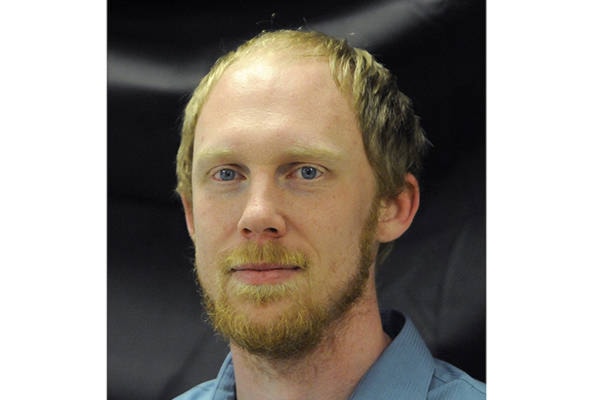Suggesting a government spend money on anything associated with bicycling, rather than driving, is a good way to incite a mob.
So please grab your torches now. I’ll wait.
Ready? OK, here’s the pitch.
Over the next decade or two, the provincial and federal governments will spend billions of dollars upgrading dikes all along the Fraser River.
The dikes already have the side benefit of being a stellar trail system used by many. Still, take a stroll on one, and you’ll find their use is largely confined to dog-walkers or dawdling bicyclists. They could be more: with the right vision, the dikes can be the backbone of an international tourist attraction.
If they didn’t exist already, we’d want to build such a trail network. But having accidentally found themselves with one of the best such facilities in Canada, local governments have been slow to capitalize on their potential.
To their credit, a variety of groups and governments have teamed up to create the Experience The Fraser project, which aims to create a trail to link Hope to the Pacific Ocean. It’s a fine idea, but the project has a timeline extending generations into the future and limited funding from senior levels of government. It also depends on a range of political actors all working in concert. Colour me skeptical.
I’m 32 and in OK shape, but by the time the project’s done, my knees will creak like a third-hand rocking chair.
It doesn’t have to be that way.
A 2012 study found paving a dike trail would cost about $100,000 per kilometre, versus $60,000 for a gravel crush. So we’re talking an extra $40,000 per kilometre. Those are real dollars, but when it comes to the billions to be spent upgrading dikes over the coming years, it’s peanuts.
Paving the tops of 200 kilometres of dikes, to pick a round number, would cost $8 million to $20 million extra, depending on how many of those dikes would already be receiving the gravel crush treatment. That money would come over many years, in multiple municipalities, by a range of local, provincial and federal governments.
I floated the idea by Coun. Patricia Ross, who suggested the long-term vision for the Experience The Fraser is on the right track, with a variety of organizations all doing their part when they can. Chilliwack, for example, plans to improving their stretches of trail with fine crush to make it more usable in the short term. But I still worry a project with a timeline extending “a number of decades” is one that may never be finished, or usable.
Municipalities like Abbotsford are realizing that sidewalks and bike paths have much more value when – like roads for cars! – they link up to a larger system that can take pedestrians and walkers throughout their community.
Many of the dike trails are already linked, but to get the most out of them, they need a consistent surface. Imagine an unbroken paved corridor along the Fraser that can pull international tourists beyond the Vancouver core.
A good, world-class cycling path from Vancouver to Hope would create a top-notch attraction. Cyclists are crazy, yes, but the great thing about them is they can’t go too far without eating or sleeping.
Any path south of the Fraser would have to take bikers through Abbotsford, and the city would be perfectly positioned to reap some of the tourist dollars.
Also, I could ride it.
If the mob doesn’t get me first.
Tyler Olsen is a reporter at the Abbotsford News
